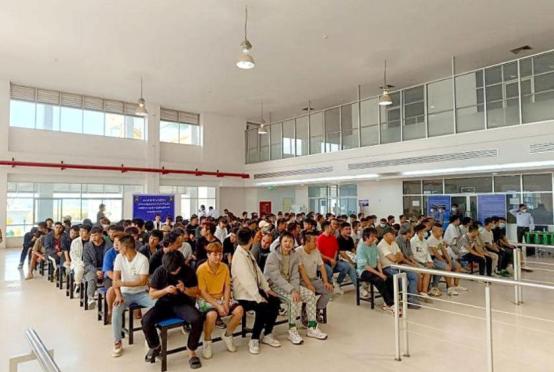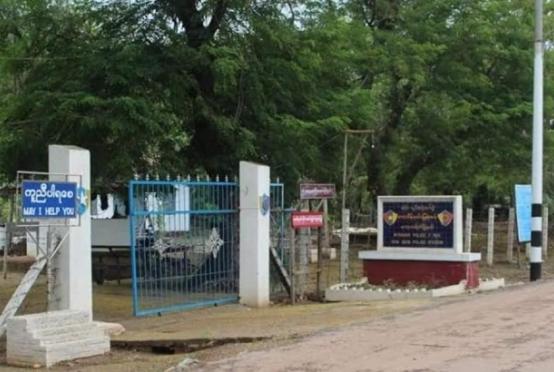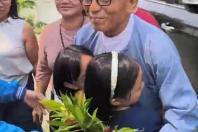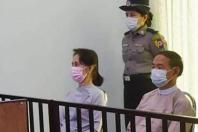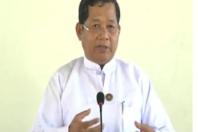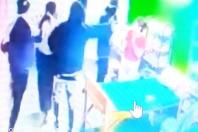
The Island/ANN
Medicine is the science of understanding functions of the human body, finding causes of illnesses, indicating remedies and preventive measures. Being a science, it basically has no divisions – Western and Eastern or indigenous and foreign. Therefore, strictly speaking, there cannot be alternatives to medicine. Nonetheless, apart from mainstream scientific medicine, which is sometimes wrongly referred to as Western medicine, there are so-called alternative practices claimed to be effective or even superior.
Alternative medicine means, curative or preventive methods whose efficacies are not proven scientifically and may include formulations or procedures which might turn out to be shown effective by rigorous scientific scrutiny. Ones that pass this test would no longer be purported alternatives but scientifically supported treatments.
In 1775, the Scottish physician and chemist William Withering was astonished to observe his patient, dying of congestive heart failure, recovered after receiving alternative treatment from a local gypsy women. Withering noted the gypsy had prescribed an herbal decoction of many plant components including foxglove (a plant-related Neeramulliya used in Sri Lankan traditional medicine). He extracted the active ingredient digoxin from foxglove leaves – Today, World Health Organization lists digoxin as an essential drug.
Many opt alternative medicines for varying reasons – irresponsiveness of a treatment as in the case Withering’s patient, personal conviction, ignorance, placebo effect, affordability, empathy and approachability of practitioners.
Generally, alternative treatments are continuations of ancient arts in scripture, belonging to different schools or therapies passing from generation to generation, advocated by clans of physicians. Again new health products often emerge as commercially motivated fashions. The pandemic is an opportune moment for such commodities and quackeries.
Ayurveda and Traditional Chinese Medicine are the major complementary alternative practices based on ancient medicine. Similar systems that originated in Europe gradually disappeared with the advent of science. Although hypothetical arguments in ancient arts of healing raises many questions in the light of modern science, subjecting them to the classification under pseudoscience is unwarranted. Ancient and traditional arts of healing served the humanity for centuries – before medicine was refined to the status of a science. As evident from the Sanskrit text “Chakra Samhita” (600-900 BCE) Ayurveda was probably the first school of thought to realize the fundamental concept that diseases are curable and preventable by intervention. Reminding of this millennia old idea is exceedingly relevant today ever than before – the confidence, a cure for COVID-19 would be found and more importantly the immediate possibility of prevention by strict adherence to control measures. Ayurveda and Chinese traditional medicine have classified many illnesses and lists symptoms correctly, largely on basis of physical observations – likely to be the optimum expected in absence of science.
Ancient and traditional medicine would continue to benefit people, especially in situations where their arts are understood in terms of science as valid. To illustrate the point, I give an example: Children frequently get bleeding scratches on skin while playing. Today, parents apply an antiseptic lotion or antibiotic cream, some rush to see a doctor. Years ago villagers did not have these facilities. A popular home remedy has been to slice a tender coconut-nut (kurumbatti) transversely and grind it over the outside of a pot recently used for cooking and apply the paste over the scratch. Why is this recipe so effective? Surface of pot is sterile and shoot acts as an excipient to form a cream with the pulp of the nut rich in substances termed tannins. Tannins bind to proteins and kills germs and also concurrently stick to exposed surface of the skin stopping bleeding and forming hard bacteriostatic barrier.
Before commissioning clinical trials with traditional remedies for COVID -19 it may be prudent to identify ingredients therein and use chemistry knowledge insightfully to assess the possible potentialities.
Drugs used in ancient and traditional medicines are predominantly plants products. Sometimes minerals containing toxic heavy metals (arsenic, mercury) are also introduced because of the historical association of alchemy and ancient medicines. Around 20-25% of potent drugs prescribed in mainstream scientific medicine are derived from plants or their synthetic modifications. Just as the discovery of Digoxin, in many other instances, ancient and traditional medicines have provided clues for their identification, leading to development of antitumor agents, antimalarials, analgesics, etc.
Plants as immobile organisms defend themselves against invading microbes, insects and herbivores via molecular chemical weapons, which they manufacture. Naturally these molecules could also possess favourable medicinal properties – as evident from effectiveness of plant products in ancient and traditional medicine and highly potent purified plant derivatives in mainstream medicine. Certainly there exists many other medicinally valuable substances yet to be discovered in the diverse variety of plants on Earth.
Scientific literature is rich in reports suggestive of antiviral properties of compounds extracted from plants. Although to date there exists no plant based antiviral drug evaluated sufficiently for clinical use, the progress in current research seems to be promising. Modern antiviral drug research involves advanced techniques and computations to elucidate how the potential molecules interact with viruses and host cells, later followed by a series of preliminary experimentation and clinical trials.
Besides the modern scientific approaches, there are also claims to the effect that COVID-19 could be successfully treated with prescriptions of ancient or traditional medicine. Such claims made with integrity and honesty could not be causally dismissed, as even an empherical hint could lead to a major discovery. However, they needs to be rigorously evaluated before clinical use – remembering no country can afford to run clinical trials to test every quackery. While endorsing efforts of searching herbal medicines Dr. Prosper Tumusiime of the African Region World Health Organization Expert Committee on Traditional Medicine for COVID-19 said “Just like other areas of medicine sound science is the sole basis for safe and effective traditional therapies”.
Attempts to find cures for COVID-19 are commendable. Recently, Anika Chevrolet, an 8th grade school girl in Texas, United States, received an award of dollars 25,000 for doing a computation to design a drug molecule aiming at destabilization of the Coronavirus by binding it to a specific protein on the spikes of the pathogen. The chemical ingredients in herbal medicines may also be assessed for antiviral activity by methods similar to her calculation technique known as “In Silico Computational Drug Design”. We need to encourage and support this, the type of work, demanding real scientific inquisitiveness – no cost except a laptop and a brilliant mind.


